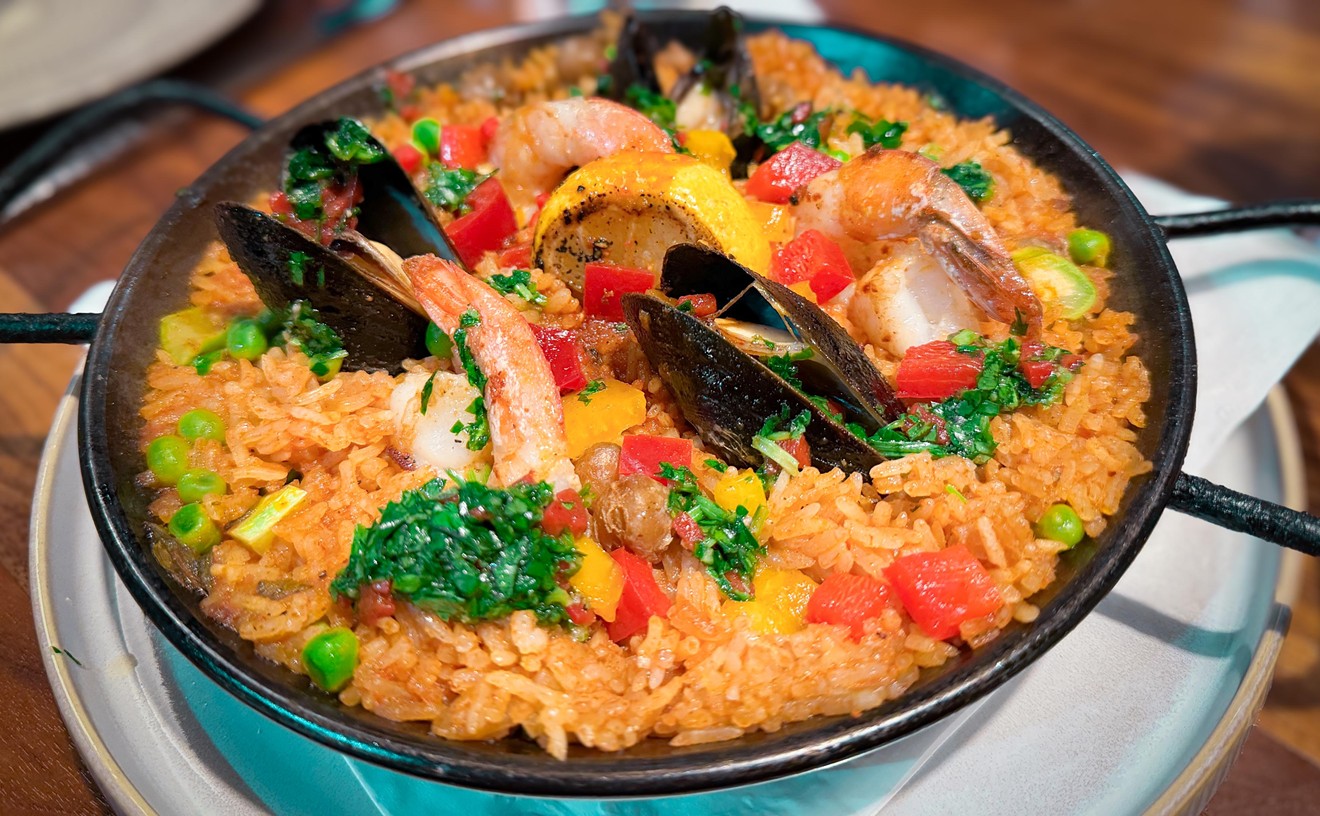Now, we've read a number of strange and disturbing things in our time: Vanna White's account of her success and career, John Lydon's retelling of his impecunious boyhood, anything written by William Murchison in The Dallas Morning News. Yet nothing in the vast anthology of Western literature stands up to Chesterton's "the poets have been mysteriously silent on the subject of cheese."
Consider the implications of Thayer, inspired by curds and whey rather than the national game, scribbling "it looked extremely rocky for the Wisconsin nine that day." Or perhaps McRae mourning "in Flanders fields where mold spores grow, upon the cheeses row on row." Maybe T.S. Eliot would have punctuated his classic love song with "in the room women come and go, speaking of Parmigiano-Reggiano."
We could do this all day, but this week's question unfortunately deals with numbers rather than verse. France alone produces some 500 varieties of cheese--a dramatic increase from the days when an exasperated Charles de Gaulle blurted, "How can you expect to govern a country that has 246 kinds of cheese?" Indeed, it may be the daily exercise at the market, poring over affidelice, amalthee, Camembert, picodon, soumaintrain, venaco, 20 some-odd blue cheeses and such, that makes the French so obstinate. Central Market displays an entire wall of cheese. At Artisanal, a New York restaurant, confused diners select from more than 200 varieties.
But why are there so many?
Most cheese undergoes a similar procedure, at least at the start. It begins as milk, curdled by an enzyme found in calf stomachs. Yep, millennia ago, as our ancestors poked about through cattle innards, they noticed that milk firmed up while encased in living tripe. Scientists (we spent the weekend reading fascinating works such as Food Structure) today explain that the enzyme, rennet, destabilizes casein, a protein found in milk, and causes it to clot. The process separates milk into a spongy mass and a weak liquid--curds and whey. After removing whey, the cheese is "ripened" by bacteria.
In other words, cheese is merely the solidified remains of milk, soured by specific enzymes and broken down by bacteria. Microbiological action and time produce structures and flavors familiar as feta, havarti, Gouda or provolone.
These distinct varieties result from different combinations of bacteria, from human intervention, from the addition of molds or from different types of milk. Vallee d'Ossau, for example, is an unheated goat's milk cheese from the Pyrenees. Norwegians create gjetost from boiled goat's milk. Italy's famous mozzarella di bufala mixes traditional cow's milk with buffalo milk. Ricotta is made from whey collected while producing other cheeses and recooked into a creamy paste. Velveeta and Cheez Whiz are churned from the purest processed oils and byproducts. Expanding gas during the ripening stage punches holes in Swiss-style cheese. Pasteurization and homogenization affect flavor and texture. The type of feed, whether grass or grain or artificial pellets, and the source of rennet (it also exists in the digestive tracts of other animals and in certain plants) also shape the stuff.
In answer to this week's Burning Question, then, we just ask you to imagine the vastly different results attained by the addition of streptococcus thermophilus and lactobacillus acidophilus to raw goat's milk compared with pasteurized cow's milk laced with a combination of bifidobacterium infantis, propionibacterium shermanii and lactobacillus helveticus.
Of course, that addresses Chesterton's original concern as well. No poet wishes to explain in rhyme the conversion of casein to para-casein through the removal of glycopeptide. Nor do they care to ponder the presence of calcium ions and their relation to the supernatant whey.
For that matter, few spend much time reflecting upon the content of a cow's stomach, either--unless the Ruminant of Omar Khayim strikes a bell.
There are so many cheeses because, aside from Velveeta and a few other items, it's a natural product subject to forces often beyond the control of the blessed cheese maker. That is why you must suffer through shelf after shelf of Portuguese evora, Italian pecorino di foglie noci, Spanish roncal, Belgian panier cendre, French chabichou du poirou, English Harbourne blue, Swiss tete de moine, Welsh llangloffan--or the American choices: yellow stuff, orange stuff, shredded stuff.
Just don't think too much about stomach linings and microbiological ooze.
Meanwhile, with apologies to Carl Sandburg, "they tell me you are wicked and I believe them, for I have smelled your Limburger under the gas lamps, luring farm boys..."










